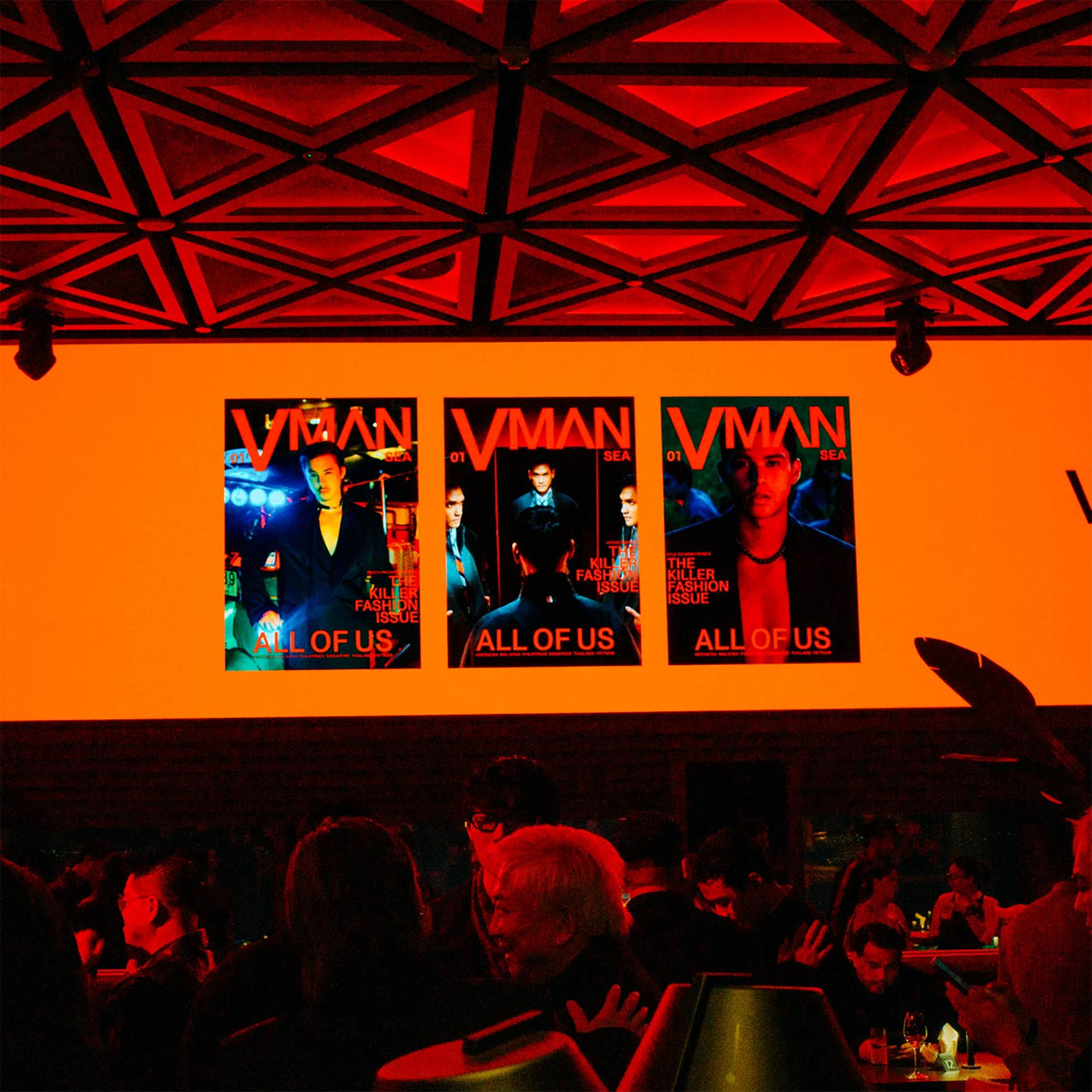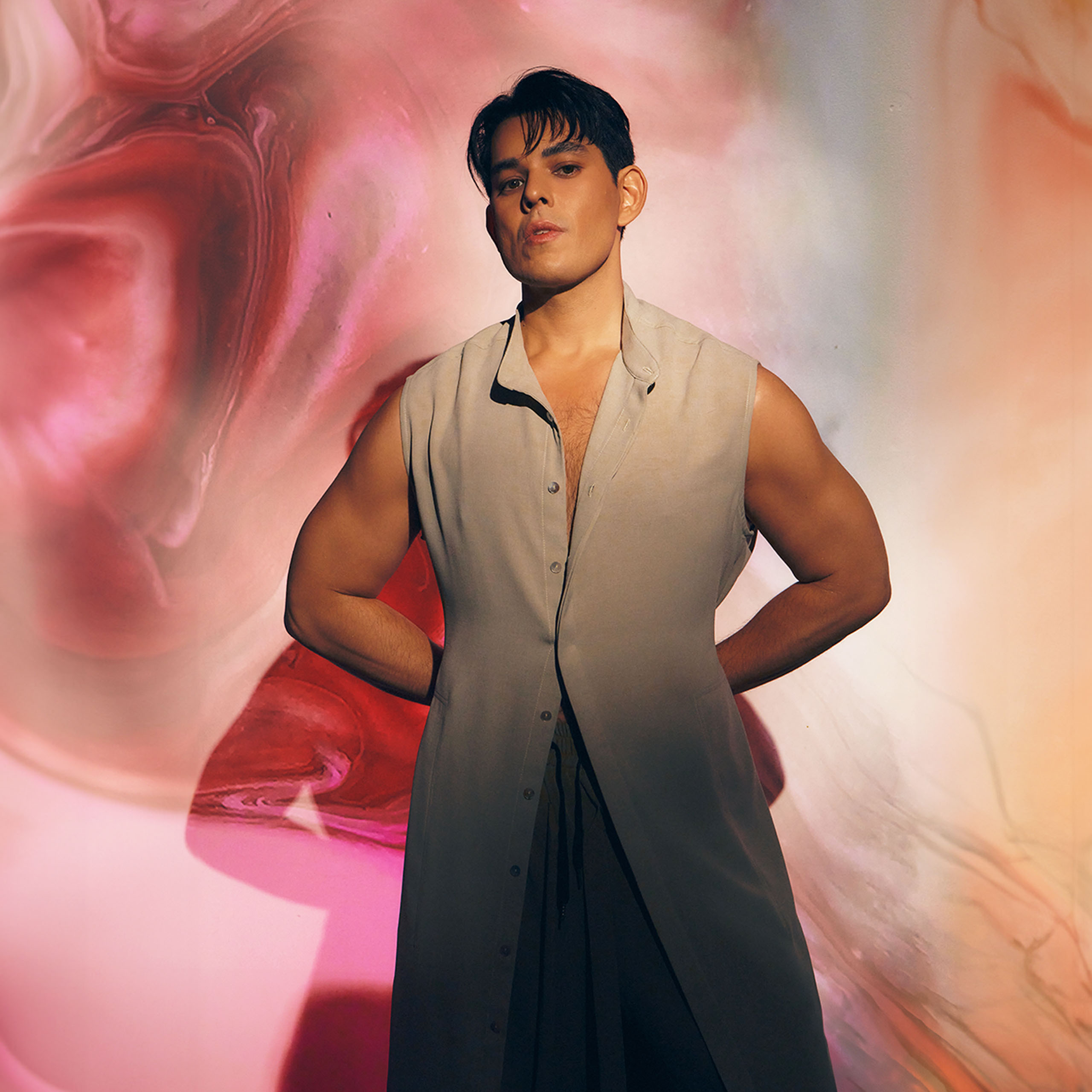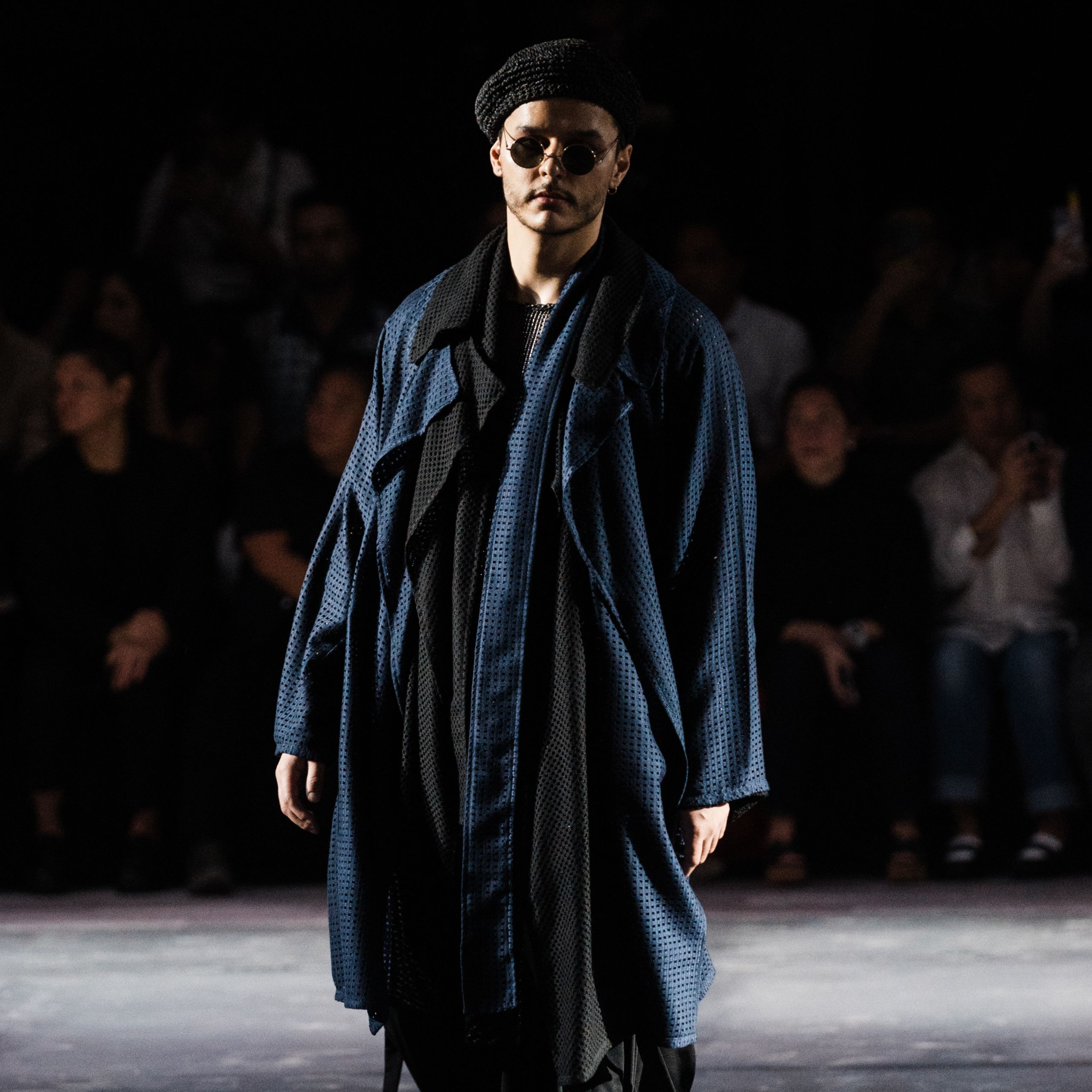Renowned athletes being the face of a high fashion brand’s campaign has become a trend lately. The big question now is why is this the case?
Ahead of the 2022 FIFA World Cup, Louis Vuitton shocked not one, but two worlds in sports and fashion. Last November 19, the French fashion house released the “Victory is a State of Mind” campaign. While no further context was given, the Annie Leibovitz-snapped portrait features football greats Cristiano Ronaldo and Lionel Messi in a game of chess.
But this isn’t the first that high fashion and sports have come together. Recent examples of this would be Lewis Hamilton becoming Valentino’s first male Di.Va (Different Values) or Megan Rapinoe landing her first fashion gig with Loewe.
Then there is also Naomi Osaka’s new deal to become Louis Vuitton’s newest brand ambassador, and as a team, Paris Saint-Germain created a custom wardrobe with Dior. Additionally, there is also Marcus Rashford’s social cause-based collaborations with Burberry to round up past happenings.
But the question now lies: What makes these professional athletes so marketable that high fashion has started to lean on them?
Continuous exposure
Before getting into specifics, most sporting events are played almost all year round. Especially for multi-sports fans, to have a slow news day might even be nonexistent.
On average, a season takes around 8 to 10 months to complete, as seen in team sports. Basic but huge examples include the USA’s NBA from October to June, and Spain’s La Liga and the UK’s Premier League, both of which traditionally take place from August to May. Other professional leagues are yet to be taken into account.
🚨 Announce 2022/23 #PLFixtures 🚨
— Premier League (@premierleague) June 16, 2022
Naturally, this then leads to consistent exposure by playing the game alone. Add the fact that social media and the news exist, which means that even non-fans may see it in their timelines either way. All the more, of course, for the truly great athletes in terms of talent.
And then there is marketing. It’s inevitable that these athletes have endorsed common brands, such as the very sportswear companies that sponsor them or their respective teams.
One of the greatest impacts I can have is to on and off the field.
— Cristiano Ronaldo (@Cristiano) June 26, 2021
With the CR7 Nike Mercurial Superfly “Spark Positivity”, I hope kids are inspired to chase their dreams.
Get it in select cities and retailers on 6/28⚡🎇 pic.twitter.com/lR8CC3gaLe
Accessibility
Accessible is one way to describe sports as a whole. After all, it can be at least enjoyed by anyone without having to know technicalities. Sure, it’s one thing to learn about it, but to enjoy it might be applicable to a more general demographic. Some of the biggest sporting events garner millions or even billions of viewers—add the fact that there are professional leagues ongoing all year round, mixed in with a bevy of ways to get information out in public.
With this, athletes have the potential to appeal to a more general audience. Whether it’s because of the game that they play or any other reason, chances are, their exposure won’t be limited to just avid followers of their craft and/or industry.
🤯 The moment Leo Messi met with the 🔴🔵 fans! #PSGxMESSIpic.twitter.com/x30NhCRQEx
— Paris Saint-Germain (@PSG_English) August 11, 2021
Anyone can have looks and talent, but there is no denying that athletes possess a certain global appeal and recognition. By the time they get approached for high-profile collaborations, already accompanying them are legions of fans who can provide clout with just one single post featuring them.
This isn’t to take a jab at their entertainment industry peers, though. But all things considered, one cannot take the more general appeal out of the equation for the biggest sporting figures on the planet.









